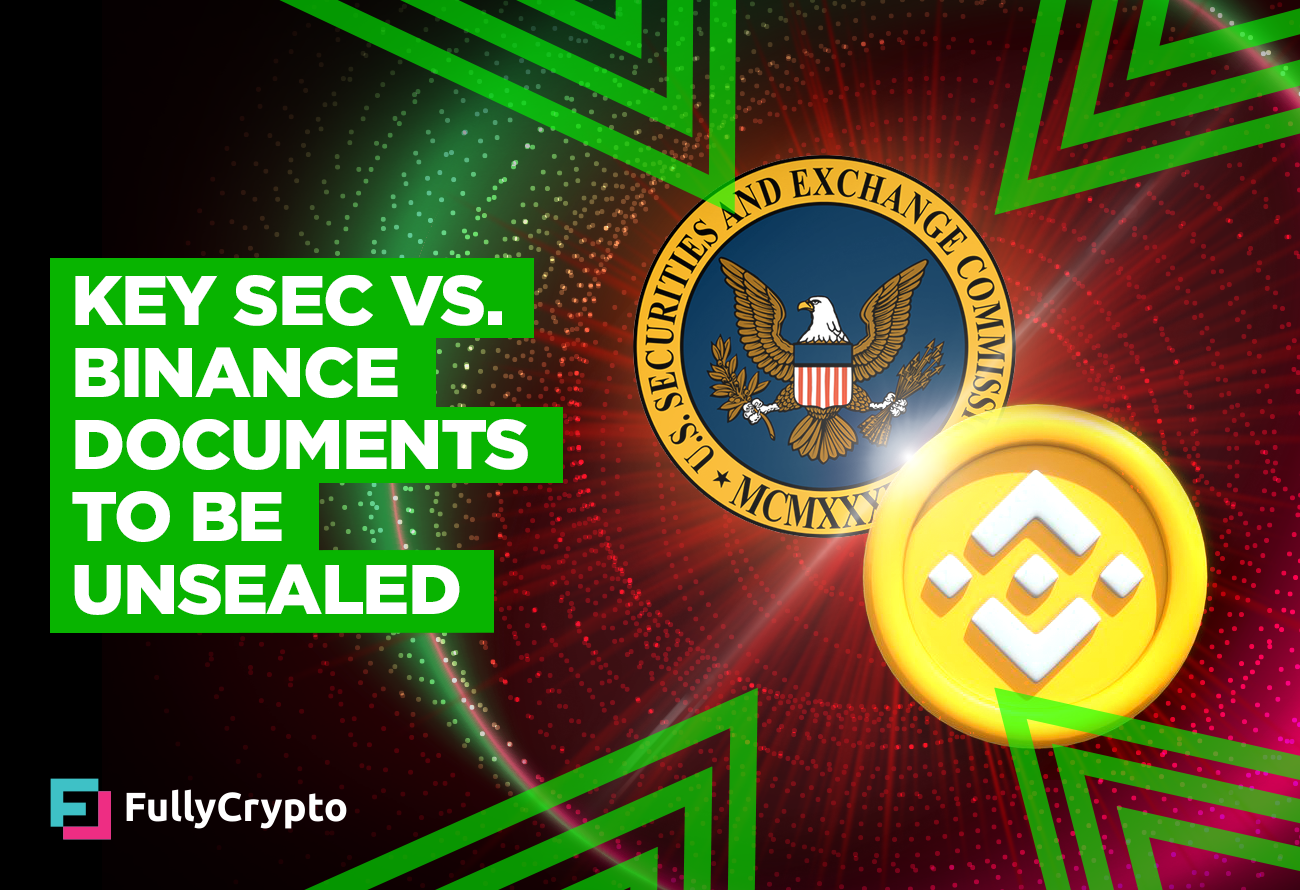Selecting a cryptocurrency exchange can seem overwhelming when faced with a myriad of high-quality options such as Binance as well as Binance US. Both platforms are highly regarded within the trade community but how do they differ? Are they designed to cater to specific sorts of traders or provide particular services? This article aims to provide the most comprehensive comparison between both, ranging from asset trading and fee structures, to Security protocols as well and the customer service If you are experienced in the cryptocurrency market or just beginning your journey, this report will give you a comprehensive understanding of each ecosystem.
What Is Binance?
After its initial launch by Changpeng Zhao (CZ), Binance has rapidly become one of the most popular cryptocurrency exchanges. Offering an extensive range of trading and digital currency pairs with user-friendly functions and low fees for trading beginner and advanced investors alike. Binance has gained significant notice across the world. Famous for its low-cost trading fees, strong security infrastructure, easy-to-use interface and mobile apps for trading options for trading that are easy and convenient; with the majority of its operations being out the islands of Malta and Dubai while its headquarters are located on the Cayman Islands.
What Is Binance US?
Launched in 2019 specifically to provide services to the U.S. market, Binance US operates under BAM Trading Services and adheres to American laws. While offering the same experience like that provided by Binance, its selection in digital currency and services is more limited. Furthermore, there are mobile apps accessible in the majority of U.S. states with stringent regulation of cryptocurrency when compared to the worldwide Binance platform.
Binance Vs Binance US: Pros and Cons
Binance Pros
Extensive Asset Range: Provides over 350 different cryptocurrencies, ranging from large altcoins and currencies to smaller coins and tokens.
Advanced Trading Options features like leveraged tokens and futures trading are available
costs as low as 0.1 percent per trade.
Global Accessibility: Accessible from most nations around the world.
Security protocols from Binance provide advanced security and have demonstrated history of performance.
Binance Cons:

U.S. Restrictions: Not available to U.S. residents due to regulation issues, but its complicated interface could be overwhelming even for the novice.
Pros of Binance US
U.S. Conformity: Binance US is designed specifically to meet U.S. regulations.
Uuser-friendly navigation capabilities are part of the simple interface.
Flexible fees correspond to global platforms.
Conform to the stringent U.S. security standards.
Binance US Cons
Binance US is currently facing numerous possible restrictions that could limit its capabilities and offerings.
Limited Asset Range and Features: Fewer Cryptocurrencies Are Offered.

Reduced Features: It Doesn't Offer Futures and Margin Trading.
Slower Customer Support Response Times Compared To Global Platform.
Who Can Benefit From Binance US and Binance Global Platforms?
WHO MAY USE BINANCE and BINANCE US? WHERE SHOULD IT BE USED BINANCE US:
Binance Global:
Accessible worldwide, with exclusion of countries subject to U.S. sanctions or subject to restrictions imposed by regulatory authorities;
Binance US:
Exclusively available for U.S. residents - with certain states such as New York and Texas with stricter crypto regulations being not in the running.
User Interface Comparison
Binance has an easy, but packed with features, ideal for experienced traders, but it can be overwhelming to new traders.
Binance US was created with simplicity in mind It offers a user-friendly, simplified and better user experience suitable for beginners.
Trading Fees Comparison for Binance:
Binance has a Maker/Taker Fee approach, which allows for maximum fees of 0.1 per cent on both creator and taker trades at Tier 1. Additionally, Binance US also employs this model, starting with taking fees starting at 0.4 per cent, while trades made by the maker start at 0.6% at Tier 1.
Deposit and Withdrawal Fees
Both platforms offer multiple free deposit and withdrawal options. Binance US doesn't charge any fees for crypto deposits however they charge the option of varying withdrawal fees. Binance offers no-cost crypto deposits with a variable cost for withdrawal.
Liquidity and Volume
Binance is able to offer five times more trading volume than its closest competitor, making it a favorite among traders from institutions. Binance US is a good choice for capacity and liquidity for retail traders as well as professional traders. CUSTOMER SUPPORT
Binance typically responds to customer requests in less than 10 minutes through live chat, whereas Binance US could take longer.
Available Cryptocurrencies
Binance provides more than 350 digital currencies, including popular ones like Bitcoin as well as Ethereum. Binance US provides a smaller range, but includes some of the biggest altcoins as well as coins.
Product Offerings

Binance:
Binance US offers a few items, but also includes options like taking staking, Binance Convert and peer-to-peer trading. binance vs binance us offer security measures on Binance itself.
Binance US:
Created to meet U.S. regulations while offering high-security features like two factor authentication and cold storage such as two-factor authentication along with advanced encryption.
Conclusion
It is true that both Binance and Binance US offer solid trading platforms that can be tailored to diverse regulatory and market conditions. Binance is an excellent choice due to its global reach, diversity of assets as well as its advanced features, which makes it a top option for traders from outside the U.S. On the other hand, Binance US's user-friendly U.S. compliance platform provides reasonable fees as well as local regulations compliance - making it more suitable for American residents that Binance overall. Your choice between the two platforms is based on a variety of factors, including preference for location, preferred assets wanted features and that you would like to have; both platforms are formidable competitors in the field of trading with cryptocurrency; each of them has their own advantages as well as limitations

